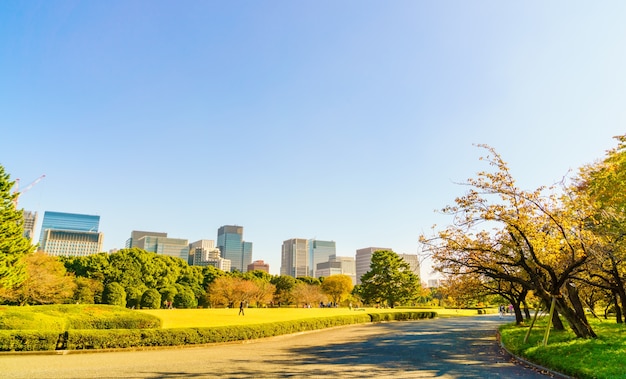

With its hot springs and close proximity to Tokyo, the area is one of Japan’s top onsen resorts. AtamiĪtami is an onsen town on the northeastern side of Izu Peninsula and opens up to Sagami Bay. Visitors can also travel inland and explore popular destinations such as the Izu Highlands and Mount Omuro. Of course, due to the nearly island-esque nature of Izu, its seafood offerings are unparalleled. The western coast also offers individuals the coveted opportunity to observe Mount Fuji. Travelers can explore the relatively untouched environments of Irozaki Cape and Dogashima, which encapsulate the natural beauty of the peninsula with their rocky coastlines, hidden caves, and endless views of the ocean. Izu’s western coast is significantly less developed than the eastern side, making it a popular getaway for avid hikers and nature lovers. Juxtaposed with the commercialized east coast is the wilderness of the west. Visitors can soak in the area’s renowned hot springs or soak in the sun on its beaches. Izu’s eastern coast is densely populated with resorts and onsen, with the three major cities being Atami, Ito, and Shimoda. The area’s diverse destinations and mild climate lure travellers yearly with its relaxing, yet adventurous offerings. Resorts, hot springs, beaches, and nature galore! Izu Peninsula, located on the eastern side of Shizuoka, is a vacationer’s paradise. Given the mountain’s cultural impact, it is a required destination for those traveling to Shizuoka. The climb to the summit is not only a physical journey but a spiritual one. The sacred landmark has inspired generations with its impressive form and mystical atmosphere. Mount Fuji is interwoven in Japanese culture.

Nearby, the enchanting Shiraito Falls cascade down the cliffside in a wall of water. Fuji, the sky, and surrounding greenery in a truly mesmerizing view. In the Asagiri-kogen Highlands, Lake Tanuki acts as a mirror, reflecting Mt. While Mount Fuji itself is truly stunning, visitors should not overlook the abundance of nature at its base. The sun takes its place in the sky and illuminates the endless field of clouds that gather below the mountain’s peak.

At this mystical hour, the sky is a canvas of oranges, reds, and pinks. Many hikers aim to reach Mount Fuji’s peak at sunrise. It is customary for climbers to purify themselves in the shrine’s Wakutama Pond before beginning their journey. The experience is physically demanding yet rejuvenating as hikers leave their worries at the mountain’s base and persevere upward with the sole objective of reaching the summit.īefore starting the climb, many hikers visit Fujisan Hongu Sengen Shrine in Fujinomiya, a 17th-century shrine constructed to appease Fuji’s destructive eruptions.

During the relatively short two-month period, international and domestic hikers flood the area for the opportunity to climb the world-famous mountain. Three of the four mountain trails are located in Shizuoka and are open from July 10th through September 10th. Mount Fuji rises in the north of Shizuoka on the border of nearby Yamanashi Prefecture. The mountain, which is actually an inactive volcano, has the highest peak in Japan at 3,776 meters (12,388 feet) tall. Mount Fuji (Photo: Blue Mountain – Reginald Pentinio / CC BY 2.0)Īlmost synonymous with Japan, the world-renowned Mount Fuji is a true natural treasure and icon of the country.


 0 kommentar(er)
0 kommentar(er)
